9 Lies (and One Truth) People Tell You About Seeing the Northern Lights
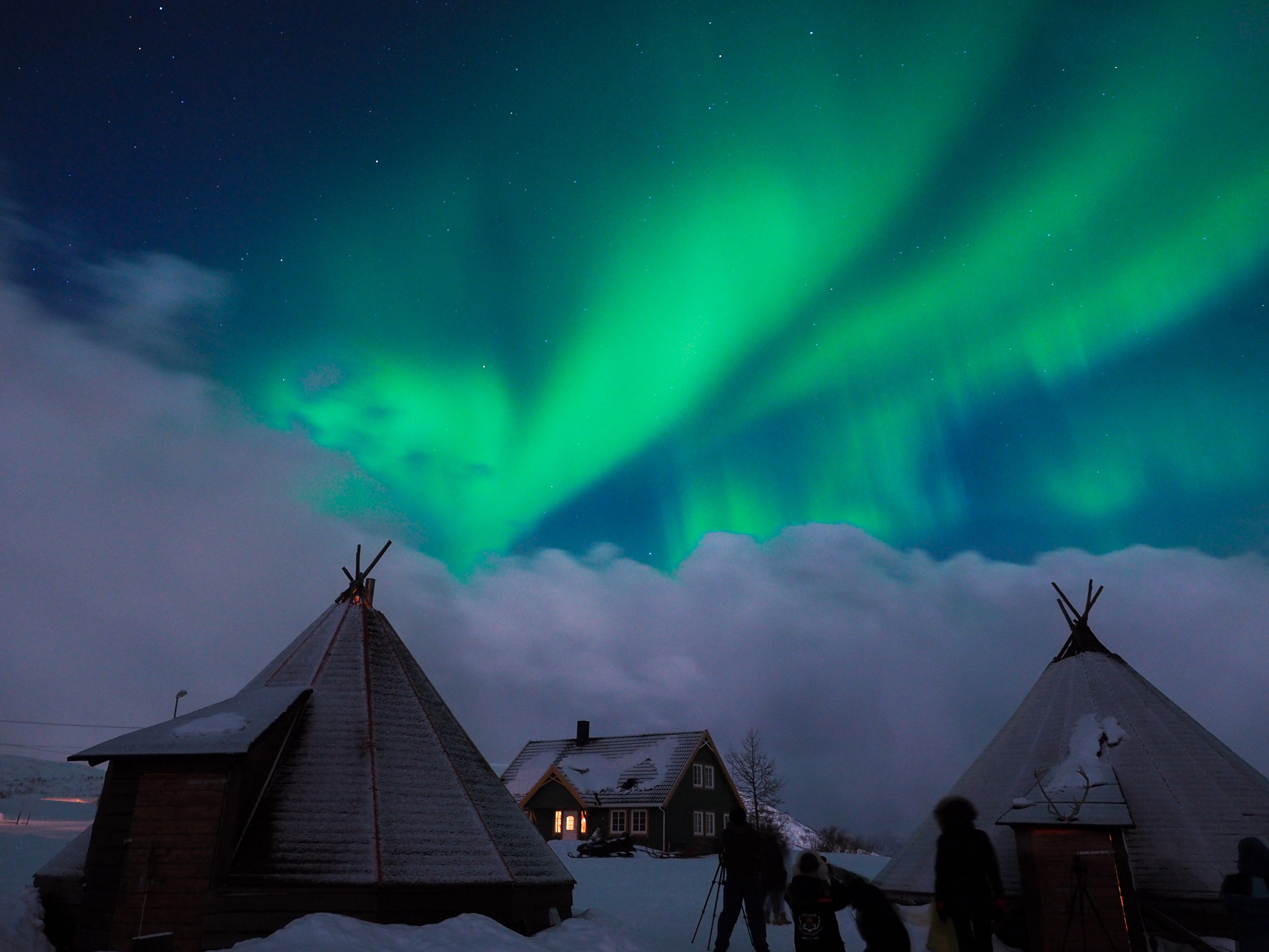
It's that time of year again – the time when people travel to the far northern reaches of the world in hopes of seeing the elusive aurora borealis; the Northern Lights.
I've been on a few Northern Lights-seeking missions in the past decade. In Iceland. In Canada. In Arctic Norway. In Lapland. Not all my forays have been successful (I've yet to see them in Iceland despite two separate winter trips there), but I've learned a lot about this phenomenon along the way.
And that includes learning all the things that people tell you about seeing the Northern Lights that just aren't true.
There are plenty of myths surrounding seeing the Northern Lights, and I'm here to dispel a few of them for you!

Quick Northern Lights facts
In simplest terms, the aurora borealis is a phenomenon that happens in the night sky. The “Lights” are caused by charged particles given off by the sun during solar storms interacting with the gases in earth's atmosphere.
Here are some quick, fun facts about them:
- Auroral ovals exist over both of Earth's poles, and are thought to mirror each other. Meaning when the Northern Lights are active, so are the Southern Lights.
- The Northern Lights are called the aurora borealis, while the Southern Lights are called the aurora australis.
- Spots within the “normal” northern aurora oval include places like Iceland, northern Norway, Finnish Lapland, northern Canada, and central Alaska.
- When a solar storm happens, the charged particles that cause the aurora take 2-4 days to reach Earth.
- After major solar storms, the Lights have been seen as far south as Miami, Florida and Athens, Greece.
- The variations in color of the Lights are due to the types of gases the sun particles are colliding with in our atmosphere, and at what altitude. The Lights can occur anywhere between 40 and 600 miles above the earth's surface. The more common green color is caused when particles encounter oxygen about 60 miles above the earth. Red is caused by oxygen, too, but at much higher altitudes. Nitrogen produces blue and purple tinges in the aurora.
- The shapes the Northern Lights make in the sky are determined by fluctuations in the earth's magnetic field. The most common shapes are arcs (like a rainbow) and curtains.
- The Lights are usually most active after midnight.
- Scientists didn't really start studying the Northern Lights (or understand what caused them) until the 1960s!
- Earth isn't the only planet that the Northern Lights appear on – there are even auroral ovals on Saturn!

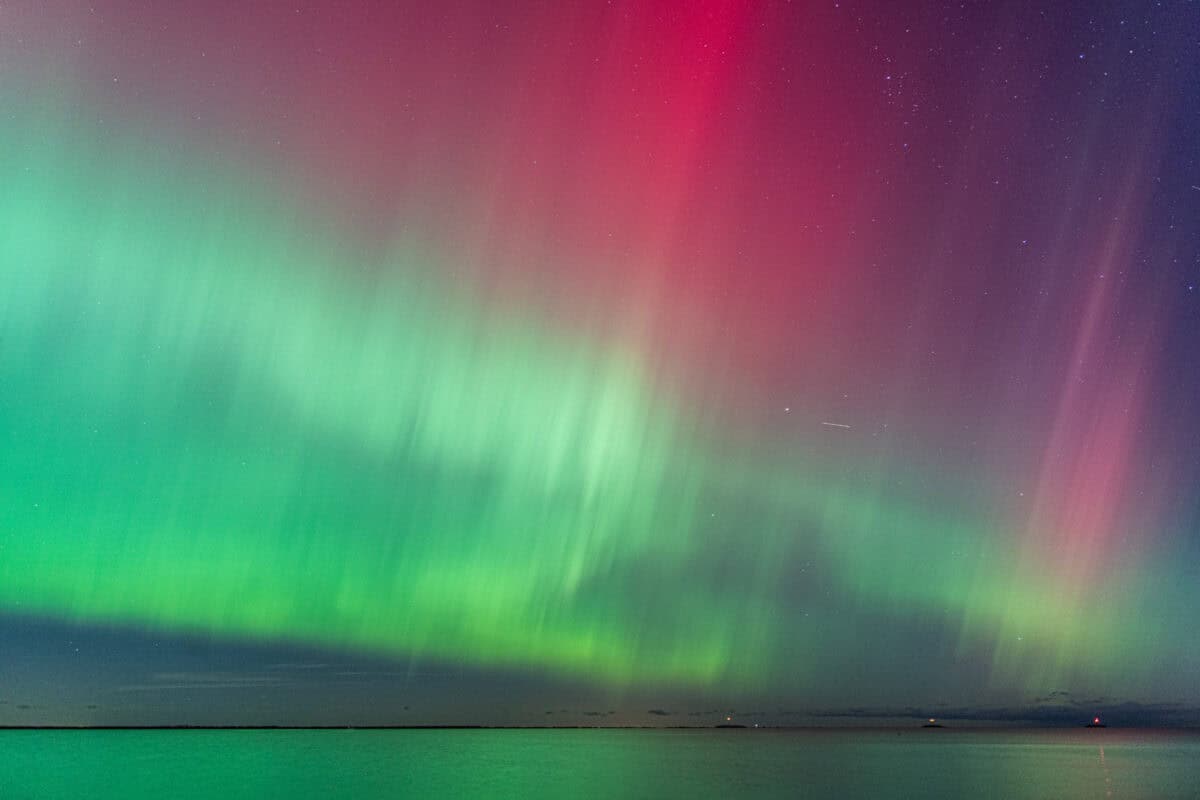
Actual Northern Lights myths
The earliest recorded sighting of the Northern Lights can be found in ancient Chinese literature, and countless native populations came up with their own explanations and beliefs about the Lights long before scientists and astronomers ever got involved.
Some of my favorite aurora-related myths include:
- The Norse used to believe the Lights to be reflections off the shields of the Valkyries, who led dead soldiers to the afterlife.
- In Finland, the Northern Lights are called “revontulet,” which translates to “fire fox.” The Lights were believed to be caused by a fire fox running across the sky, swishing his tail along snow banks and creating the aurora.
- In Southern Europe, the Northern Lights were feared and believed to be a sign that war was coming since they are so rarely seen so far south.
- The Alaskan Inuit people, too, viewed the aurora as dangerous, and would wave sharp knives and throw dog poo at the Lights to make them go away.
- In Iceland, it was believed that a pregnant women who looked that the Lights would give birth to a cross-eyed baby.
- Conversely, in Japan and China, the Northern Lights were seen as a sign of fertility, and a baby conceived beneath them would have good fortune in life.
- In Scandinavia, the lights were also good luck – the display in the sky was believed to be caused by light reflecting off herring in the sea, meaning good fishing was to be had.
- Similarly, farmers in Sweden saw the Lights as a promise of a rich harvest.
And, in case it needs to be said, the Northern Lights are not dangerous! Despite some of the cultural myths surrounding them, the aurora is a scientific phenomenon that is not harmful for humans to watch or be exposed to.
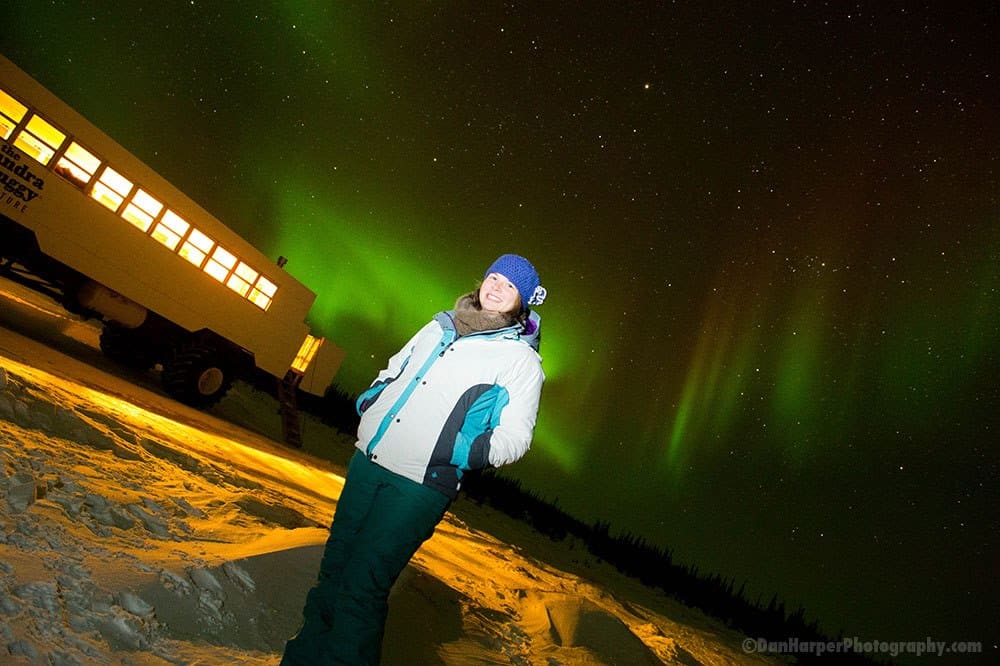
9 lies people tell you about seeing the Northern Lights
Okay, now let's get into some of the things you might hear about the aurora that just aren't true. Don't listen to the following myths about seeing the Northern Lights:
1. You won't see the Lights for the next several years
At the end of 2015, a frantic rumor was circulating around on the internet that the Northern Lights were going to disappear for the next decade or so. Countless news outlets reported that it was your “last chance” to see them for the next ten years. (And I suspect that we'll start hearing similar doom-and-gloom warnings towards the end of 2025!)
This simply isn't true. What IS true is that the aurora is affected by solar activity and more or less follows an 11-year solar cycle, with solar maximums at each end. But the Lights can't just be “turned off.”

A solar maximum just means the sun is more active, with more frequent storms that spew super-charged particles towards earth more often. During these solar maximums, it's more *likely* to see the aurora, and it's not uncommon for very strong geomagnetic storms to case the Northern Lights to be seen much further south than “usual” during these years. (It's why we saw the aurora multiple times as far south as Spain and Ohio in 2024!)
So, while it's predicted that the Lights will reach a peak in the current solar cycle from 2024-2025, it does not mean that this is the ONLY time you can see them in the coming years. You absolutely will still be able to see them, even outside of solar maximum years.
2. The Lights are only visible in the winter months
Winter is a popular time to see the Northern Lights, but that doesn't actually mean it's the only time of year that you can see them. The aurora borealis is not a seasonal phenomenon; it occurs based on solar particles interacting with the gasses in our atmosphere – and this literally happens year-round.
You usually can SEE the Lights best in the winter months simply because those months have more hours of darkness per day, and darkness is one of the necessary conditions for seeing the aurora.
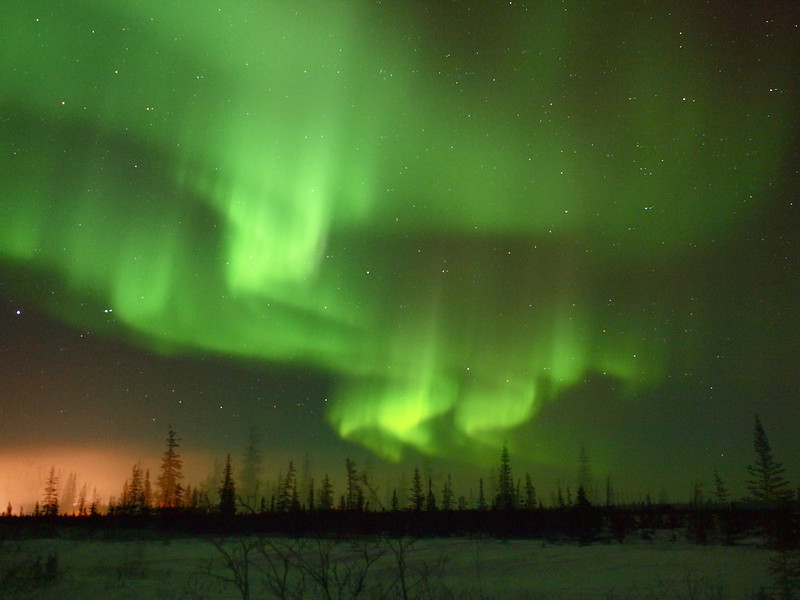
Ask any northerner, though, and they'll tell you that they will sometimes spot the Lights at night as early as August each year, and into April the next. (September through March is generally regarded as Northern Lights “season” in most places.)
Looking for more Northern Lights content?
Check out these other Northern Lights-related posts:
3. You can't see the aurora if the moon is shining
The best conditions for seeing the Northern Lights include a couple key factors: Mainly dark skies, and very few clouds. And, usually, the less light pollution in the sky, the better. This leads many people to profess that you won't see the aurora if the moon is shining brightly.
While it's true that a full moon can “dim” the Lights a bit, it certainly doesn't negate your chances of seeing them entirely.

In fact, one of the best Northern Lights shows I've seen yet was on a night that included a bright almost-full moon in Norway.

RELATED: Chasing the Northern Lights in Arctic Norway
4. Clear, dark skies guarantee a sighting
Along a similar vein, many people assume that since aurora “conditions” require clear, dark skies, this means that clear, dark skies will always produce a Northern Lights show. I wish I could say this was true, but it unfortunately isn't.
Sky conditions have nothing to do with the aurora borealis (remember, the Lights are caused by solar particles interacting with elements in our atmosphere, not weather conditions). The chemical reaction that happens up there in the sky happens regardless of cloud cover – we just can't see it happening when it's too cloudy.

Can you see the Northern Lights through clouds? Unfortunately, no, unless the clouds are very very thin. If it's very cloudy or foggy, you will not be able to see the aurora. BUT, if the clouds are moving, there's always a chance you might be able to see a peek of the Lights through breaks in the clouds like in the above photo.
I've seen the Northern Lights on partly cloudy nights AND clear nights – and I've also failed to see them on both cloudy nights and clear nights. You'll of course always have a better chance of seeing them if the skies are clear, but don't always count on it!
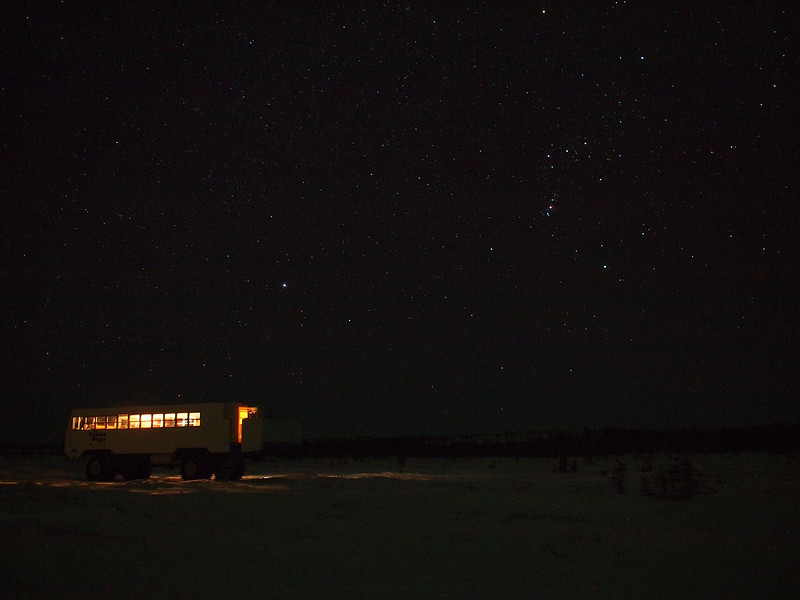
5. You shouldn't book a guided Lights-chasing tour
A lot of independent travelers turn their noses up at guided tours, insisting that doing their own thing always leads to better experiences. While this may be true in many cases, I really don't think it applies when it comes to the Northern Lights.
In order to see and truly appreciate this natural wonder, you really need to be with someone who knows a bit about “chasing” the Lights. Someone who can puzzle out the weather forecast, read the KP index, and understand when you should stay put and when you should move on to a different location in hopes of catching a Lights show.
Plus, guides generally have friends who are also guides, and many of them talk when out hunting the aurora. Which means that if there's a good sighting elsewhere, chances are your guide will hear about it (and then hopefully take you there).

I'm not saying that you CAN'T go Northern Lights chasing on your own – of course you can. But if you want the best chance of seeing them (and want to learn a bit more about them, and potentially even get some photography tips), I highly recommend booking a guided tour.
Northern Lights guides are usually huge fans themselves, and will do everything possible to make sure you have the best chance of seeing them. (For those who are tour-averse, simply look for ones that advertise small groups instead of big coach buses.)
6. If tours are running, you'll see the aurora
My tour recommendation comes with a caveat, though: just because tours are running on a particular night in no way guarantees an aurora sighting.
Most companies will cancel tours if the weather forecast looks terrible (i.e. completely cloudy skies with little chance of a break), but they can never guarantee a sighting in good weather (natural, scientific phenomenon, remember?).
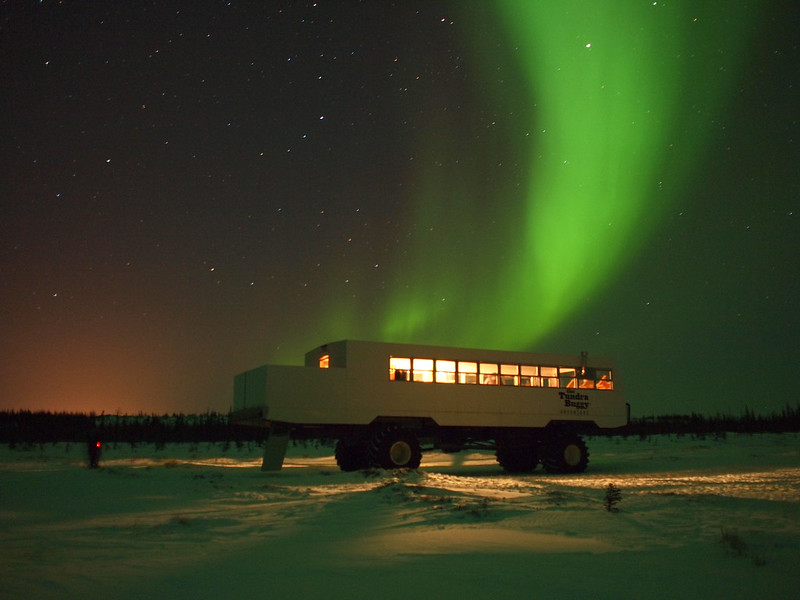
It's of course more *likely* that you'll see the Northern Lights on a night that various Lights-chasing tours are running, but never consider it a guarantee. (I've been on two Northern Lights tours where we never saw anything; many companies will let you re-book on a second night for free if this happens to you.)
7. You should always plan around the Kp-index
The Kp-index (officially the Planetary K-index) is essentially the closest thing to a Northern Lights forecast that we have. It measures geomagnetic storm strength on a scale of 0 to 9, and the numbers correspond to the strength (and brightness) of any possible aurora.
The higher the Kp-index number, the better the chance of a good aurora show.
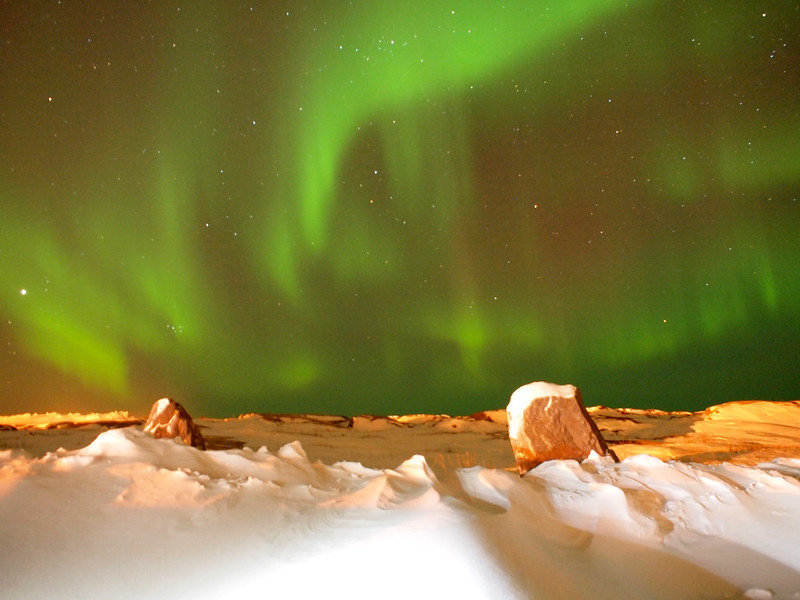
But, as with any type of forecasting, you don't want to rely completely on the Kp-index. You might get an amazing showing on a night when the Kp-index is only supposed to be at a 2, and you may get nothing on a night when the Kp-index is at a 4 or 5.
If you have the option of going Northern Lights chasing on a night with a Kp-index of 7 vs. another night with a Kp-index of 1, I'd definitely go with the 7. But that doesn't mean you have no chance of seeing them when the index is at a 1 or 2, either, especially if the skies are clear.

8. You don't need a good camera*
If the aurora is strong enough, you WILL be able to see it with your naked eye with no question about what you're looking at. But when the aurora is weaker, it's sometimes tricky to differentiate between wispy clouds and the Northern Lights.
A good camera, however, can pick up a lot more light and color than our human eyeballs can at night. This is why you do really want a good camera with you if you're going to be chasing the Northern Lights.

A “good camera” doesn't need to be super expensive, though. Ideally, it needs to be one with a manual mode so you can set your shutter speed (how fast a photo is taken) and aperture (how much light is let in) on your own.
A slow shutter speed (anywhere from 5 to 30 seconds) and small aperture (the lower the number, the better) are what you're going for – and you'll want a tripod to put your camera on in order to avoid camera shake.
*These days, you can also take Northern Lights photo with a good smartphone! The newer Apple, Samsung, and Google phones have incredible cameras that can take long exposures and pick up lots of light. If you have a newer (I'd say 2023/24 or more recent phone), you CAN take Northern Lights photos on it pretty successfully!
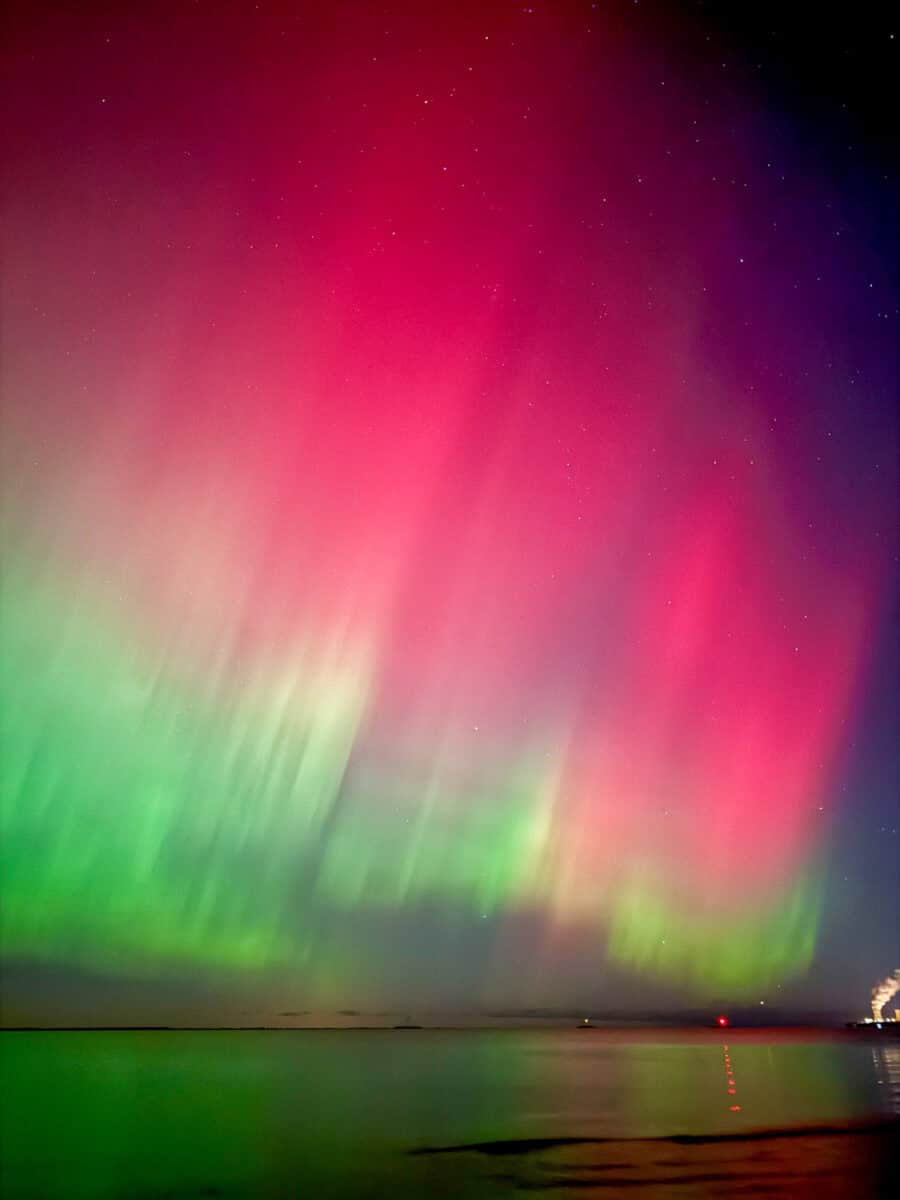
RELATED: Tips for How to Photograph the Northern Lights
9. They will look just like they do in all the photos
Hopefully if you've made it to this part of the post, you'll already know that this isn't true. So many factors go into a Northern Lights “show,” and no two nights are ever the same.
One night you may get an amazing, strong, and long showing of the aurora, while the next you may get nothing more than a dark sky. Some nights you'll be able to see greens and reds clearly with the naked eye, while other nights you'll struggle to see any color at all.
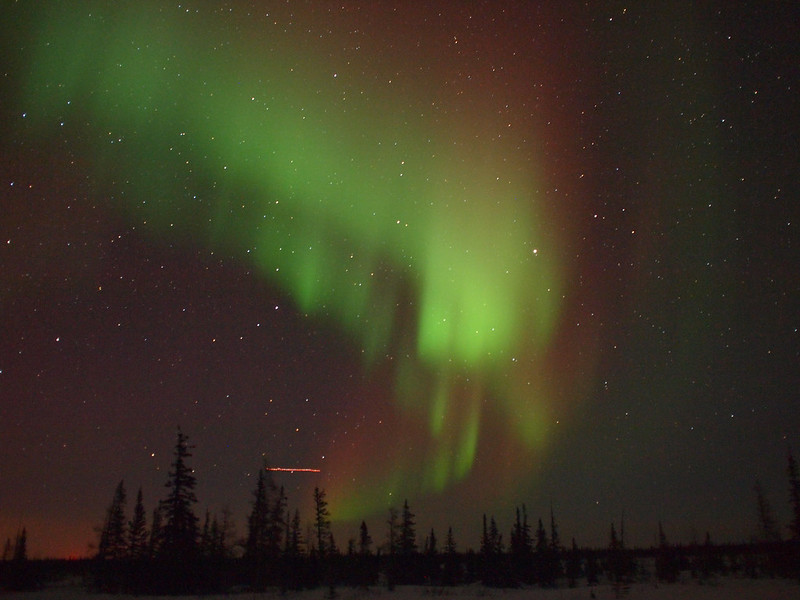
There's no guarantee that the Northern Lights you see will look anything like all those amazing photos you've seen online – but I would still recommend going, because there's of course never any telling what you WILL see!
(Conversely, you can also ignore anyone who claims that you CAN'T see the Northern Lights with the naked eye. On some nights when the lights are weak, it can be true. But on other, stronger nights you definitely CAN see the aurora with the naked eye. Again, though, every night is different!)
One Truth about the Northern Lights
The one truth people will tell you about seeing the Northern Lights is this:
Once will never, ever be enough.
Once you've caught that aurora borealis bug, prepare to always want more. I've been out with people who have been Lights-chasing for decades, and they're always still so excited when that first hint of green dances across the sky.
The Northern Lights may not *actually* be magical, but they certainly can work like magic on people who see them.

Essential Northern Lights info
- Looking for packing suggestions for a Northern Lights-chasing trip? Head over to my Northern Norway packing list to get some ideas for winter must-haves.
- Pick up a Northern Lights travel guide to help you plan your trip.
- Along with a camera you can set to manual mode, you'll need a tripod, a shutter release, and probably some extra batteries!
READ NEXT: A Perfect 10-Day Itinerary for Norway in Winter
Is seeing the Northern Lights on your bucket list? Or have you seen them yourself and discovered any of the “lies” on this list?
Pin it for later:
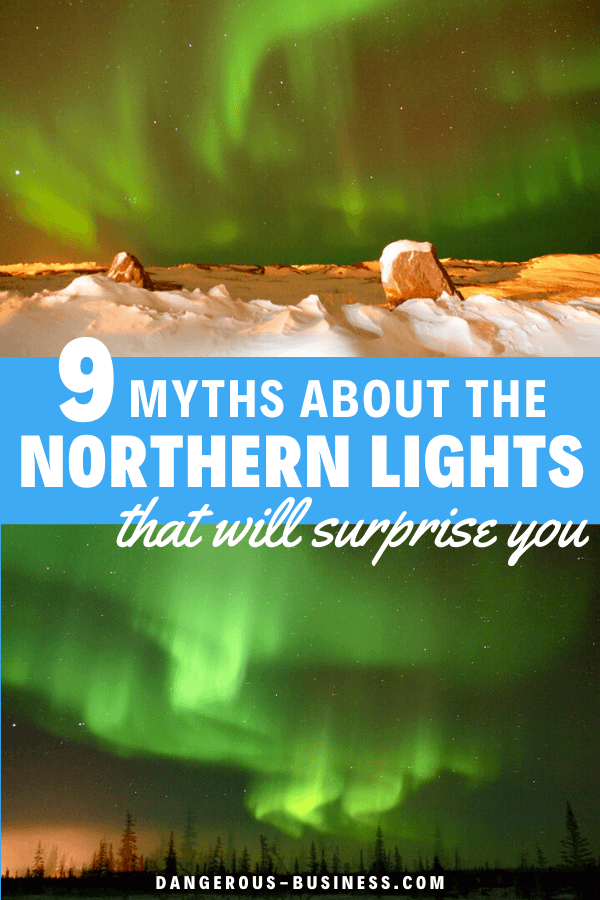
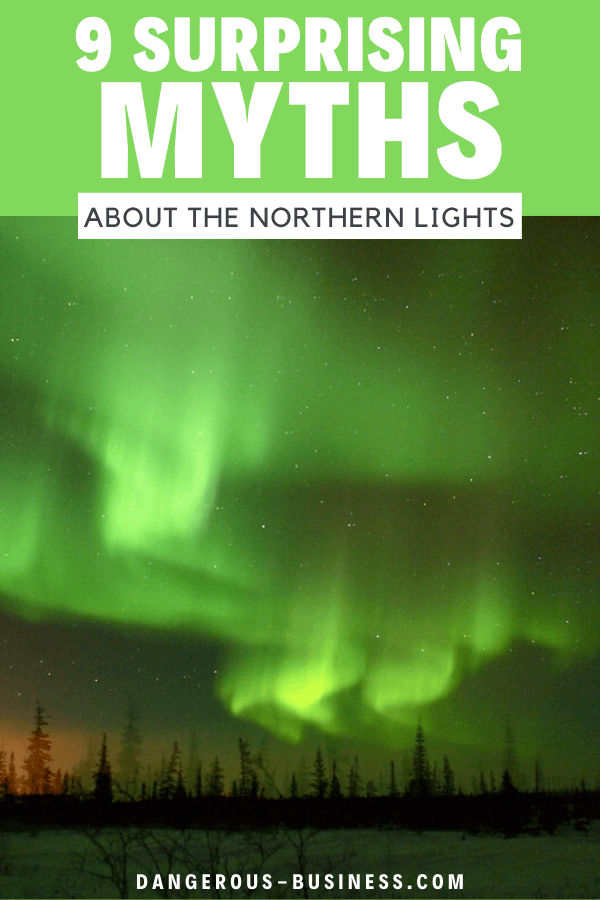

Amanda Williams is the award-winning blogger behind A Dangerous Business Travel Blog. She has traveled to more than 60 countries on 6 continents from her home base in Ohio, specializing in experiential and thoughtful travel through the US, Europe, and rest of the world. Amanda only shares tips based on her personal experiences and places she's actually traveled!










I loved the article- so informative! Since a child I’ve dreamed of seeing them live. Pictures are worth a thousand words but to actually see them-OMG! I’m 74 and still hopeful. As long as I’m healthy I have my dream!! —-STILL!
I hope you get the chance to see them!
It’s nice that you talked about how you really need to be with someone who knows a bit about chasing auroras. My wife and I are planning on going on a vacation soon and we are thinking of taking an aurora viewing tour. We want the vacation to go as smoothly as possible so we should definitely ask for professional accommodations instead of doing things by ourselves.
Especially if you’ve never seen them before, going with a guide who can help you know what to look for is a must!
As a boy in the early 1960s, I first saw the Northern Lights on Long Island Sound off Huntington, LI. 10 years later, I was a teacher in Rhinebeck, NY when I looked out the window and thought Poughkeepsie, was on fire, and I was looking at the reflection of the fire on the bottoms of the clouds. Along with a few dozen students, we all moved to the roof of our Dorm, and watched wave after wave drift across the sky, and realized their true origin. This would have been about 1971, and I’ve been looking for a repeat ever since.
So it is possible to face south and see the Northern Lights?
I’m asking because I believe I saw them tonight in Maine, but in the SW sky.
From Maine, I would guess it would be very unlikely to see the aurora in the southern sky, as the auroral oval is to the north!
Hi I’m a aurora guide from Yellowkife Northwest Territories. Yellowkife is the number one destination to view the northern lights. I’ve been a guide in the aurora viewing business for 25 years. I’m a tourism operator now. Started my own business 5 years ago. We are called Raven Tours. What you stated is true . The best aurora viewing tours are guided ones . I myself have done over 3000 aurora viewing tours in my career.
Yellowkife is situated in the aurora oval. We have more clear nights then any other country. So your chances of see the aurora are better here. There is a 95% chance you will see the aurora if you go out viewing three nights. So if you want to see the aurora Yellowkife is your best bet